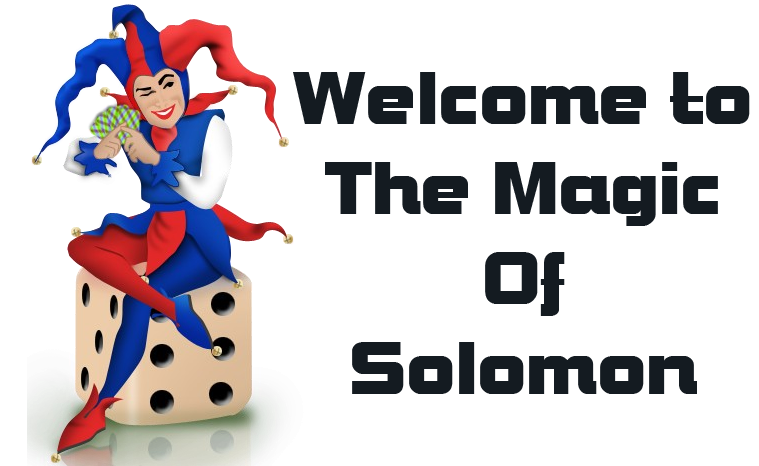First let's consider the word produce as it is used by magicians. When a magician decides to produce something, he generally means he will cause that article to appear as if by magic. This is not the dictionary definition of produce. Originally magicians used the phrase conjure up to describe the materialization of an object from nowhere. Conjure up implied that the magician employed his powers to bring an object into existence for subsequent use.
So when a magician decides to produce an object, often an article purposely manufactured as a production item, it is helpful to keep the theatricality of conjuring up in mind.
Since many magicians are not particularly competent at creating the illusion of conjuring up, they rely on a ancillary prop to make the production. While obviously less magical, a production box, tube, paper cone or other apparatus is employed. The magician attempts to convince those watching that he holds an empty box or empty tube from which the production article is subsequently taken. In magician's parlance the article has been produced from the empty box. Ideally the spectators will believe the article somehow materialized in the empty box, then is brought into view for them to see.
Magic dealers delight in offering boxes and tubes which can be shown empty before an over abundance of articles are pulled out of them. This further confuses the issue, since the magician begins to think in terms of quantity rather than quality and most certainly abandons any consideration of why he is using what. Thus we are confronted with the magician standing next to his Square Circle dutifully yanking out his collection of silk handkerchiefs.
When wishing to create the illusion that an article has appeared by magic, the magician must justify the reason for the article materializing. He needs a silk handkerchief to cover an object so they rubs his finger tips together and the handkerchief materializes. It has been conjured up in context since it will be employed in the magic that has yet to happen. Note that in this illusion conjuring up is a more proper description than produced.
In deciding when to use a production box or other supposedly empty container the end result should be considered. If the effect is the appearance of, for instance, a quantity of silk handkerchiefs, then producing them from the apparently empty hands is more magical. If the silks appearing in the box are then used to create a magical effect their appearance is secondary to their use and the manner of their appearance is unimportant enough to allow an apparatus production.
As to which production boxes are the easiest to use and most convincing, the prop's ease of handling and its inherent appearance of emptiness are important. There are many production boxes and similar apparatus that simply do not look empty when their interiors are shown and are quite cumbersome to handle and manipulate. Making something appear from nowhere should not be a complex or complicated process. In addition, the size of the production box should not dwarf the article taken from it. While magicians may deceive themselves, the spectators will not.
The most effective apparatus productions usually involve the removal of articles from the container that could not possibly fit in the container: De Kolta's flowers from paper cone, Robert-Houdin's portfolio, Hartz's devil of a hat and Molini's devil's supper among them.
In working this out for a show, ask yourself why every step of the way: why a square circle; why silks; why produce them. If there is no contextual reason, the answer is to avoid the use of props which serve no magical purpose. Yours Magically Solomon Interested to learn magic for fun or profit? Would you like to hire a magician, hypnotist or an emcee for your event? Visit www.themagicofsolomon.com for more info..
